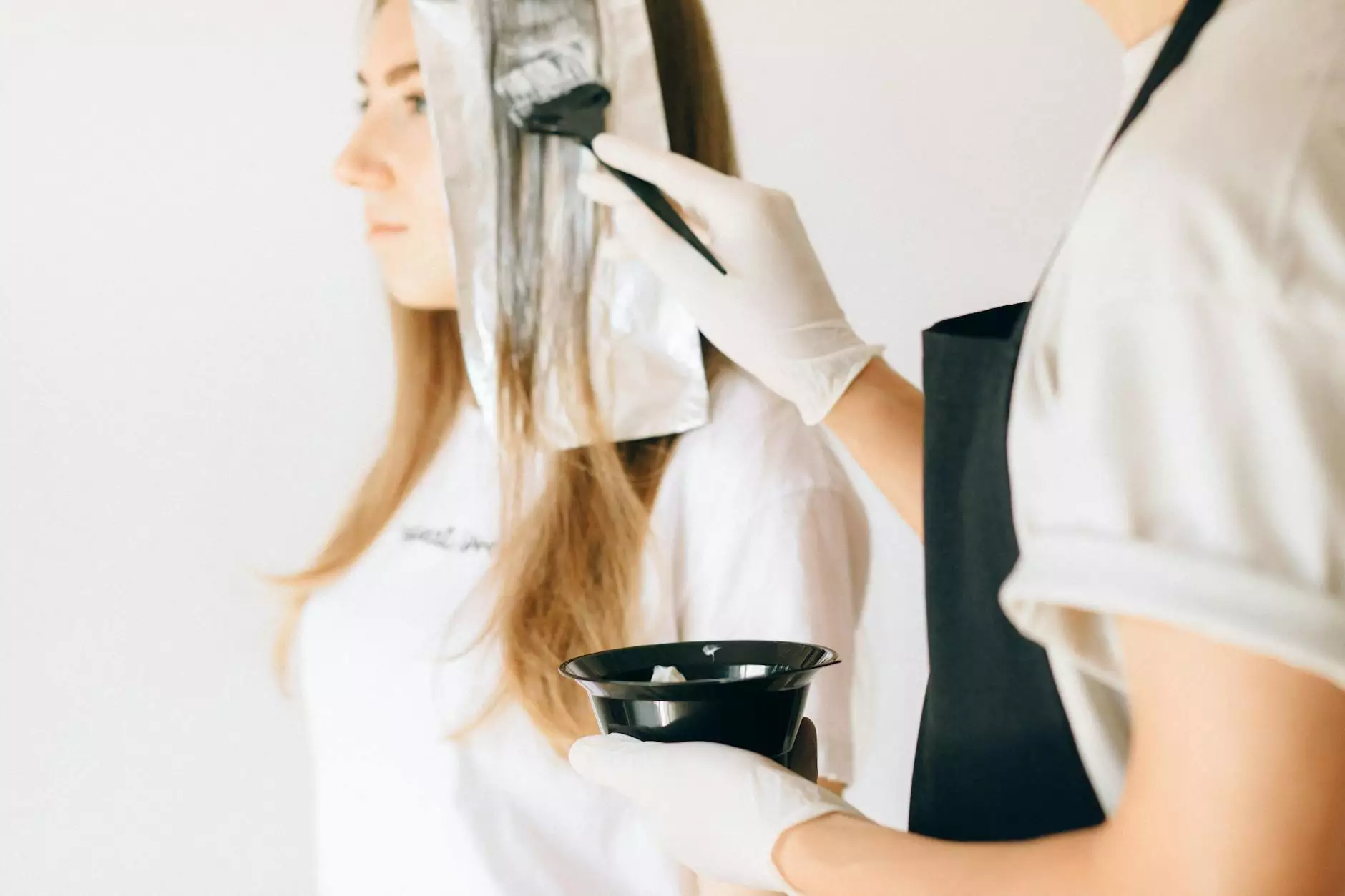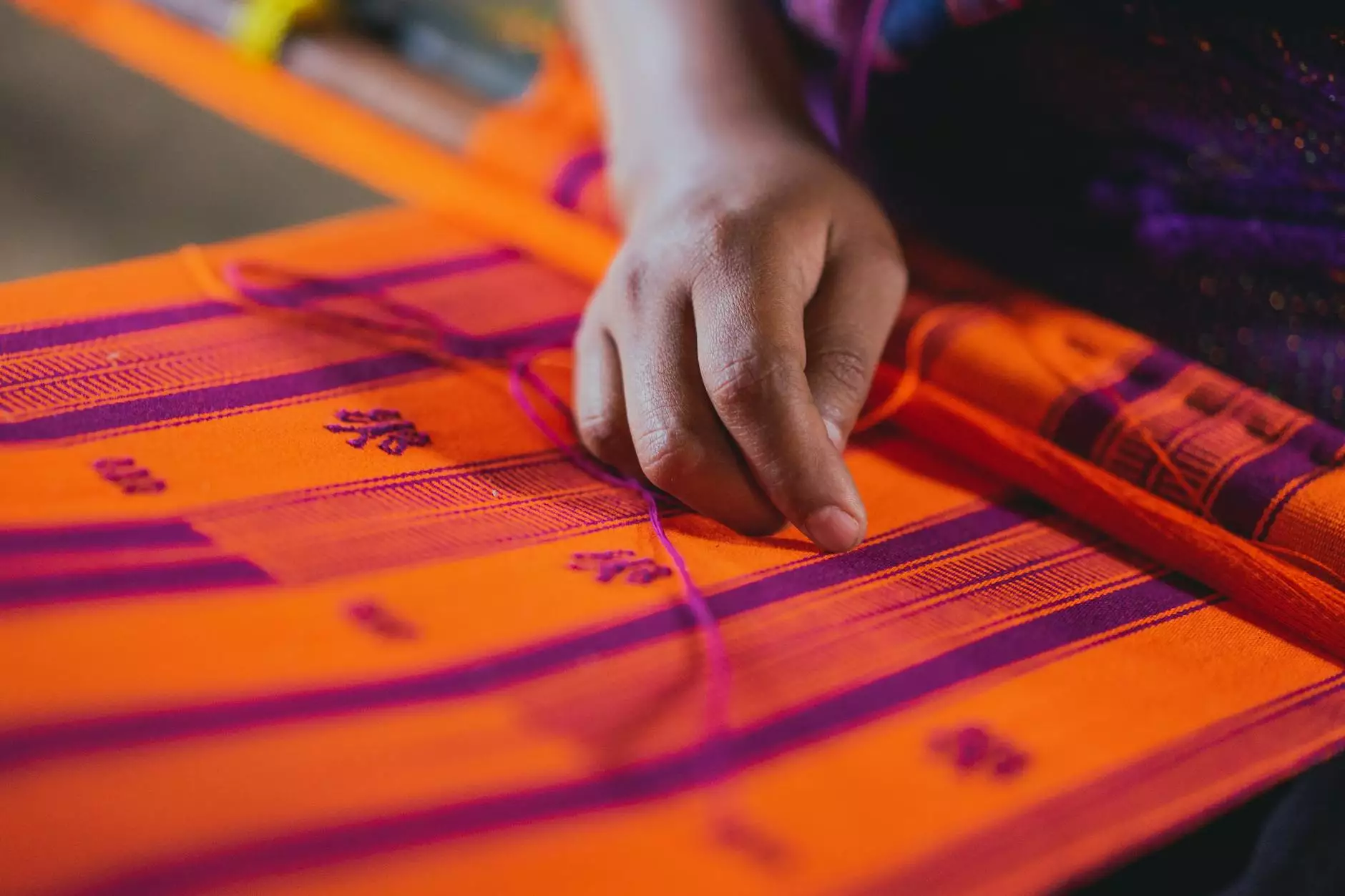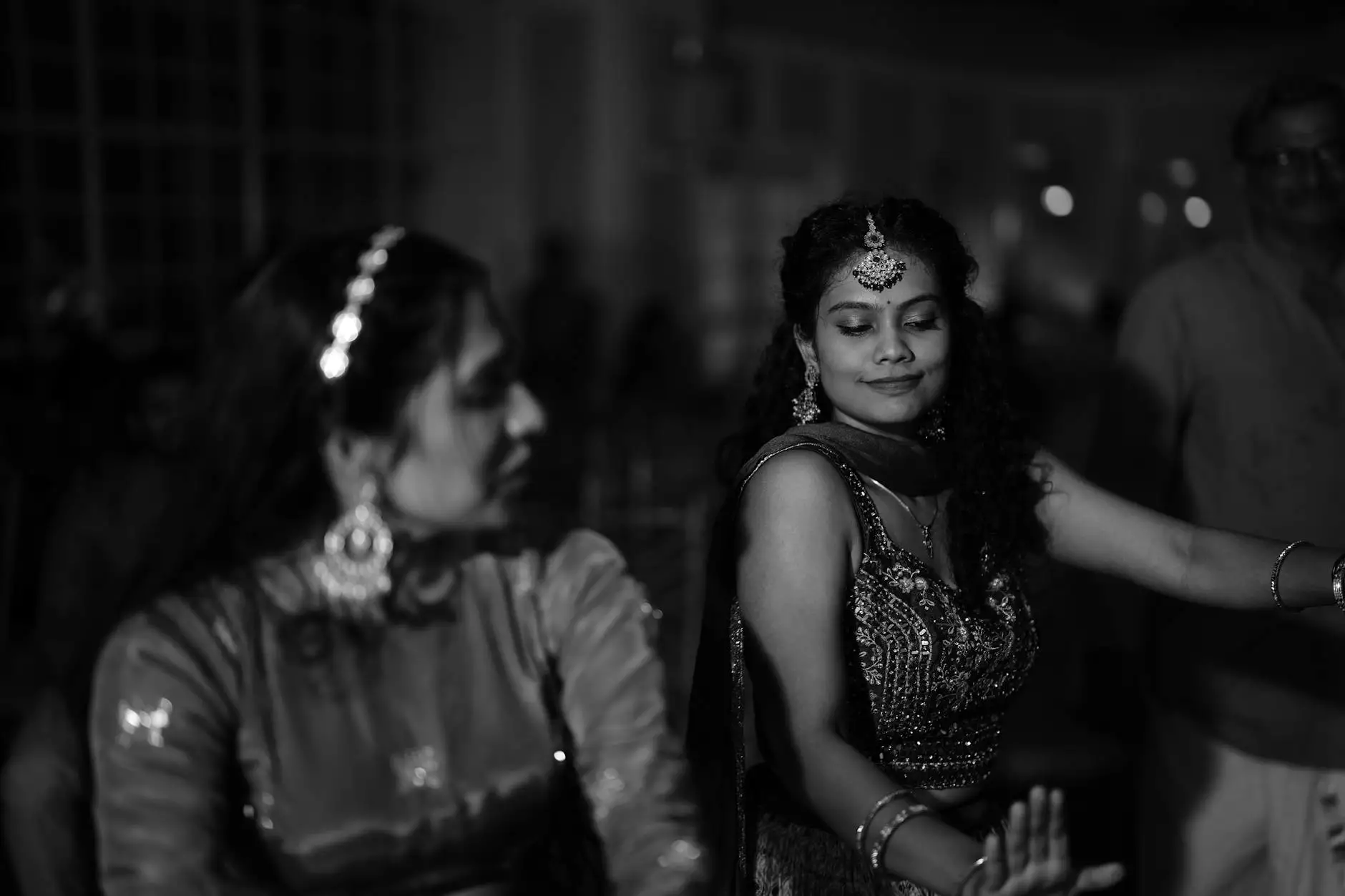Foilyage vs Balayage: The Ultimate Guide to Hair Coloring Techniques

When it comes to achieving that perfect hair color, the options can often feel overwhelming. Among the most popular techniques are foilyage and balayage, both of which have gained significant traction in the beauty industry. In this comprehensive article, we’ll delve into the nuances of these two methods, comparing their benefits, processes, and final results to help you make an informed decision.
Understanding Balayage: The Art of Natural Highlights
Balayage, which translates from French to "to sweep," is a free-hand hair coloring technique that creates a natural, sun-kissed effect. It involves the stylist painting the color directly onto the hair strands, resulting in soft transitions and a multidimensional look.
One of the key benefits of balayage is its low maintenance. The technique does not require regular touch-ups because it grows out seamlessly, making it an ideal choice for those who prefer a more relaxed hair care routine.
Process of Balayage
- Consultation: Discuss the desired look with your stylist.
- Preparation: Hair is sectioned off according to the stylist's plan.
- Application: The stylist applies color with a sweep of their brush, focusing on the ends and mid-lengths.
- Processing: The color is left to process for a specified amount of time.
- Rinse and Style: The hair is rinsed and styled as desired.
Benefits of Balayage
- Creates a soft, natural look
- Low maintenance and easy grow-out
- Customizable based on hair type and desired effect
- Works beautifully on all hair colors
Introducing Foilyage: A Modern Twist on Balayage
Foilyage is a newer technique that combines the elements of balayage with the use of foils. By incorporating foils, the stylist can achieve more pronounced highlights and quicker processing times, making it a fantastic option for those looking for a bit more contrast.
This method utilizes the sweeping application of balayage, but the addition of foils helps to lock in the color, allowing for brighter and more vibrant results. The foils also help in the even distribution of heat, leading to an enhanced lifting effect from the color.
Process of Foilyage
- Initial Consultation: Discuss your desired results with your stylist, focusing on the level of lightness you wish to achieve.
- Sectioning: Hair is carefully divided into sections for easier color application.
- Color Application: The stylist paints on the color, similar to balayage, but then wraps sections in foil.
- Processing: The foiled sections are allowed to process, enhancing the color lift.
- Rinse and Finish: After processing, the hair is rinsed and styled to showcase the new color.
Benefits of Foilyage
- Creates vibrant, bright highlights
- Can achieve faster processing results
- Ideal for those seeking a high contrast look
- Works well on various hair lengths and styles
Comparing Foilyage vs Balayage
Both foilyage and balayage offer unique advantages, and the choice ultimately depends on your personal preferences and hair goals. Here’s a detailed comparison to help you determine which method might be best for you:
1. Technique and Application
While balayage relies exclusively on free-hand painting, foilyage incorporates foil to enhance the color's vibrancy. Foil keeps the color concentrated, while balayage allows for a softer, more natural appearance.
2. Color Result
If you’re after a subtle, well-blended look, balayage is your best bet. If you desire vibrant highlights with a bit more contrast, foilyage may be the way to go.
3. Maintenance and Longevity
Both techniques are relatively low maintenance compared to traditional highlights. However, foilyage may require more regular touch-ups, especially if the color is significantly lighter than your natural shade.
4. Processing Time
Foilyage typically processes faster due to the use of foils, while balayage may take a bit longer as it relies on natural heat from the scalp.
Which Technique is Right for You?
Choosing between foilyage and balayage often comes down to personal style and desired maintenance level. Here are some questions to consider:
- Do you prefer low-maintenance color transitions? Balayage may be ideal for you.
- Are you looking for brighter, high-contrast highlights? Foilyage could be the better option.
- What is your natural hair color? This could affect how each technique looks on you.
- How often are you willing to visit the salon for touch-ups?
The Final Verdict: Making the Choice
At the end of the day, both foilyage and balayage have their unique benefits and can create stunning results. It’s essential to consult with a skilled stylist at a reputable hair salon like KG Hair Salon who can assess your hair type, texture, and desired outcome to provide personalized advice. They can help you weigh your options and choose the technique that best complements your style.
Maintaining Your New Color: Tips for Longevity
Regardless of whether you choose foilyage or balayage, proper maintenance is key to keeping your hair looking vibrant and healthy. Here are some tips:
- Use Sulfate-Free Shampoo: This helps prevent color fading.
- Deep Condition Regularly: Hydrate your hair to maintain its shine and softness.
- Avoid Heat Styling: Limit the use of heat tools to reduce damage.
- Protect from UV Rays: Use hair products with UV protection to shield your color.
Conclusion
Whether you lean towards foilyage or balayage, understanding the differences, processes, and benefits of each technique will empower you to make an informed decision for your next salon visit. At KG Hair Salon, our experts are ready to provide you with the best possible service, ensuring your hair not only looks fabulous but also stays healthy and vibrant.
With this ultimate guide to foilyage vs balayage, you are equipped to achieve the hair of your dreams. Embrace your style, and let your hair reflect your unique beauty!









